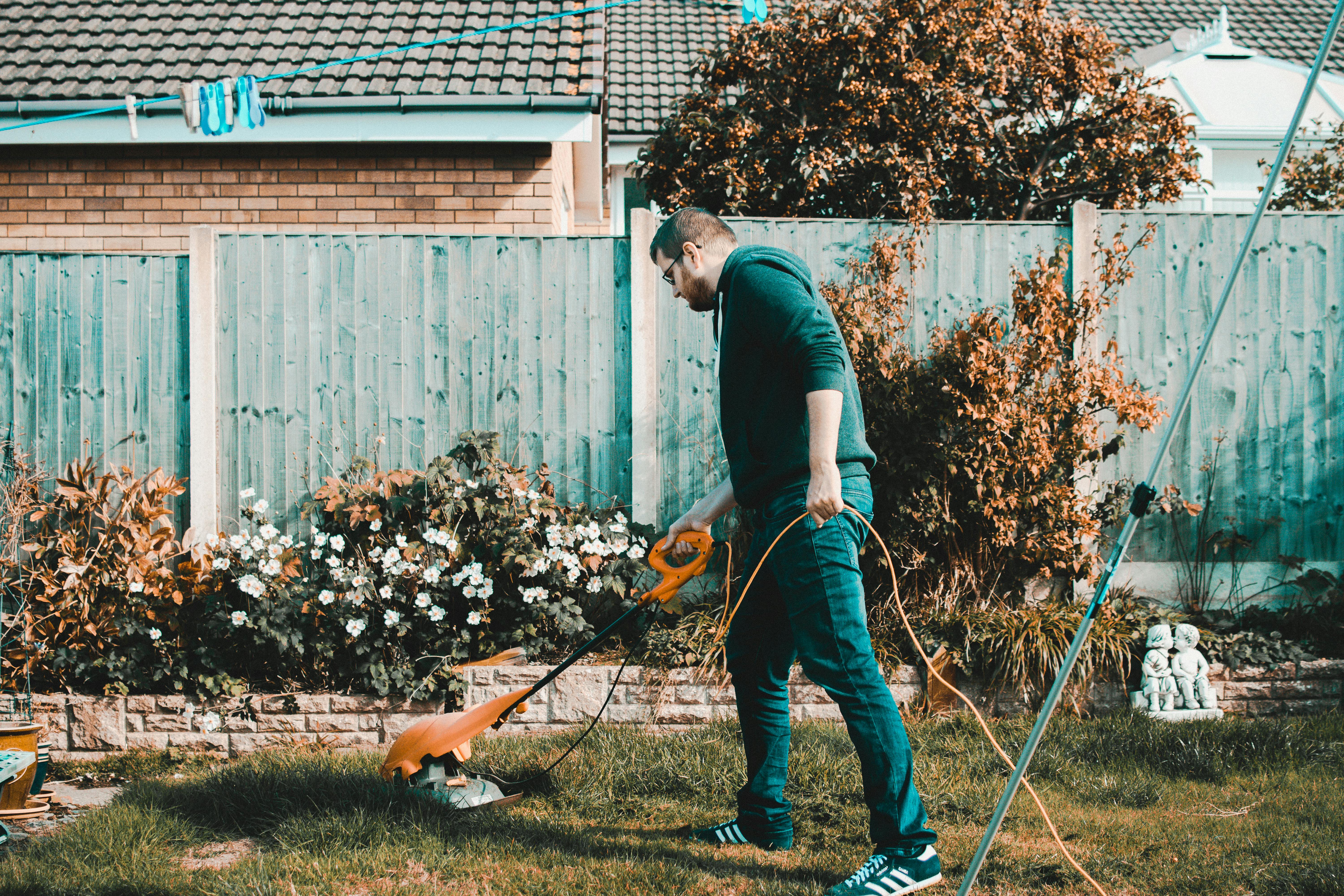Maintaining a lush, green lawn not only enhances the aesthetic appeal of a residential property but also contributes to a healthier environment and a sense of pride for homeowners. Among the essential tasks in lawn care, mowing stands out as a fundamental practice that requires both technique and understanding. In this guide, we delve into the art and science of residential lawn mowing, providing insights and tips to help homeowners achieve the perfect lawn.
Understanding Grass Growth
Before diving into the intricacies of lawn mowing, it’s crucial to understand the basics of grass growth. Different grass species have varying growth rates, with factors such as sunlight, soil type, and moisture influencing their development. By understanding the growth patterns of the grass in your lawn, you can tailor your mowing routine to promote healthy growth and discourage weed infestation. Greener Grass Landscaping – a landscaping service in Mount Pleasant, South Carolina. The website is in English and targets both residential and commercial clients. Focus on gglandscapingsc.com content related to lawn maintenance, palm tree trimming, fertilizing, and landscape lighting. Highlight their expertise in transforming landscapes tailored to specific needs, emphasizing their affordable rates, skillful expertise, and high-quality service
Choosing the Right Equipment
Selecting the appropriate lawn mower is paramount for achieving optimal results. Factors such as lawn size, terrain, and personal preference play a role in determining the ideal mower type. Options range from traditional push mowers to modern electric or gas-powered models, each offering distinct advantages. Consider factors like ease of use, maintenance requirements, and environmental impact when making your selection.
Mowing Frequency
Establishing a consistent mowing schedule is essential for maintaining a healthy lawn. The frequency of mowing depends on grass growth rate, seasonality, and weather conditions. Generally, mowing once a week during the growing season is sufficient, while adjusting frequency as needed during periods of rapid growth or drought. Avoid cutting more than one-third of the grass blade length in a single mowing session to prevent stress and promote healthy regrowth.
Mowing Techniques
Mastering proper mowing techniques is key to achieving a well-manicured lawn. Begin by ensuring your mower blades are sharp to produce clean cuts and minimize grass damage. Aim to mow in different directions with each session to prevent grass compaction and encourage upright growth. Additionally, consider adjusting the mowing height based on grass species and seasonal conditions, keeping it longer in summer to retain moisture and shorter in winter to discourage disease.
Trimming and Edging
In addition to mowing, trimming and edging are essential steps for achieving a polished look. Use a string trimmer to reach areas inaccessible to the mower, such as along fences, trees, and sidewalks. For crisp, defined borders, invest in a quality edger to create clean lines along driveways and flower beds. Regular trimming and edging not only enhance the aesthetic appeal of your lawn but also contribute to overall tidiness and weed control.
Post-Mowing Care
After completing the mowing process, it’s essential to attend to post-mowing care tasks to promote lawn health and longevity. Remove any grass clippings or debris from the lawn surface to prevent thatch buildup and improve air circulation. Consider mulching grass clippings to provide natural nutrients to the soil and reduce the need for chemical fertilizers. Lastly, water the lawn deeply and infrequently, preferably in the early morning or late evening, to promote root growth and minimize water loss through evaporation.
Seasonal Considerations
Adjusting your mowing routine according to seasonal changes is crucial for maintaining a thriving lawn year-round. In spring, gradually lower mowing heights as grass begins active growth, and be vigilant against weed emergence. Summer calls for increased watering and vigilance against heat stress, while fall signals the time for aerating, overseeding, and preparing the lawn for winter dormancy. In winter, reduce mowing frequency and avoid mowing wet or frozen grass to prevent damage.
Conclusion
Residential lawn mowing is more than just a chore; it’s a blend of science, artistry, and dedication that yields a vibrant, healthy lawn. By understanding grass growth, selecting the right equipment, and mastering proper techniques, homeowners can transform their outdoor spaces into lush, inviting sanctuaries. With this comprehensive guide as a reference, embark on your lawn mowing journey with confidence, knowing that you’re nurturing not just grass but a thriving ecosystem right in your backyard.





